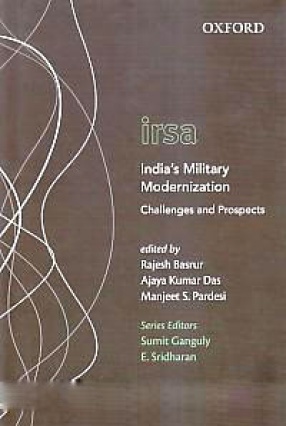This book analysed the interaction between village level class structure in a differentiated economy, institutional change and rural credit. It has used both the secondary sources of data and primary field investigation. Contrary to the populist belief that the indebtedness is the root cause for backwardness and class differentiation, this book shows that the structure of rural credit in a given society is closely related to and determined by the prevailing pattern of interclass differentiation of all basic means of production, which includes land and non land assets and irrigational facilities. This in turn is associated with a differentiated structure of labour, input use, cropping pattern, production and productivity and market orientation across classes. This book has also some important propositions about terms and conditions of credit market that shows that though rural credit market has been de-interlinked and the pre-capitalist institution like traditional tenancy has dissolved: The operation of the moneylenders still prevails. As a result the structure of interest rates and collateral, to some extent, behave like that in a backward agriculture. In spite of having a relatively successful state intervention, the poverty still remains a big challenge before the Left Front Government, that has not been much altered by the inadequate supply of institutional credit. The book has shown some important policy implications, particularly in the context of the economic liberalization in India.

Rural Credit and Class-Differentiation
In stock
Free & Quick Delivery Worldwide
reviews
Bibliographic information
Title
Rural Credit and Class-Differentiation
Author
Edition
1st ed.
Publisher
ISBN
8170742552
Length
216p., Tables; Bibliography; Appendices; Index. 23cm.
Subjects




There are no reviews yet.